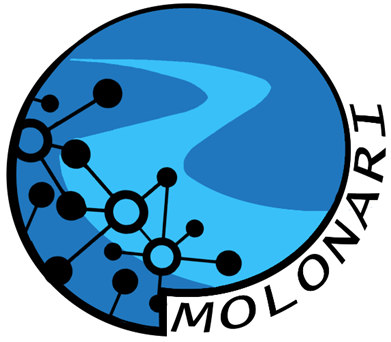
MOLONARI
Low-tech riverbed sensors for stream-aquifer exchanges monitoring.
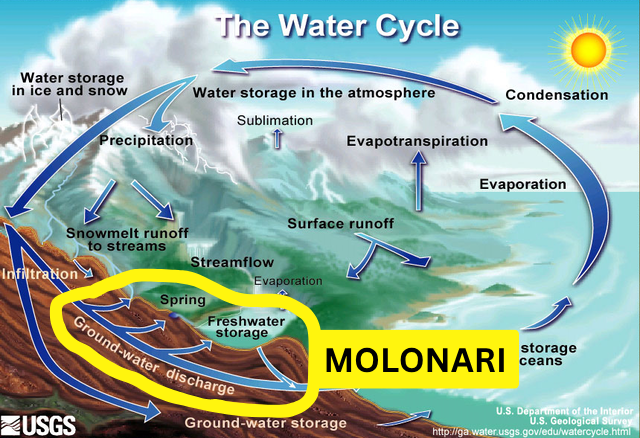
Our mission
The MOLONARI project aims to better understand water and heat exchanges between surface streams and underground aquifers. In a context of limited resources and a changing water cycle, this project will be particularly useful for water management and river restoration.
How does it work ?
The MOLONARI-1D device combines pressure and temperature sensors at variable depths under the riverbed, ranging from 0 to 40cm. Measuring these variables in the long-run allows us to infer the properties of the riverbed and calculate the water flow between the river and its underlying porous medium.
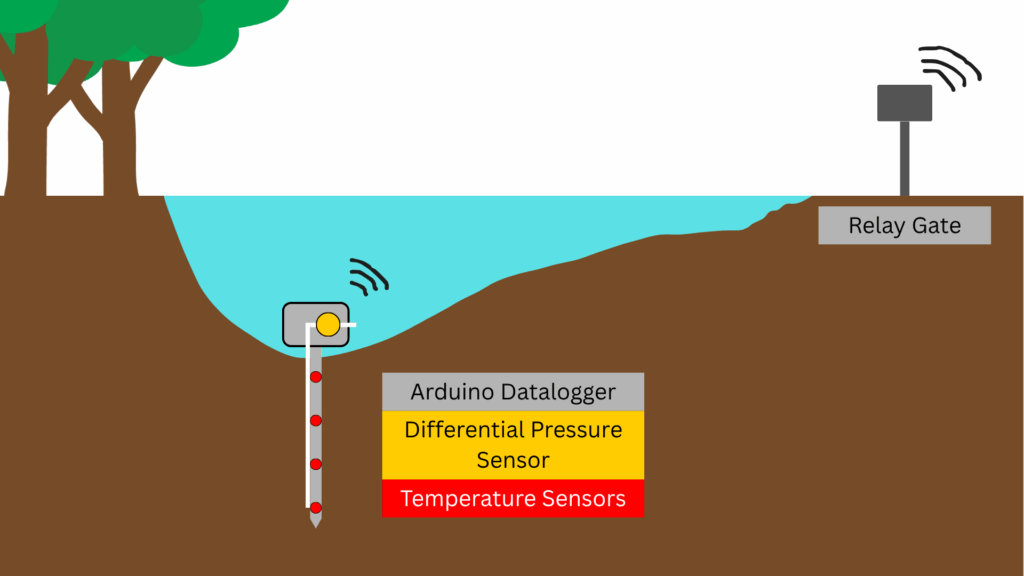
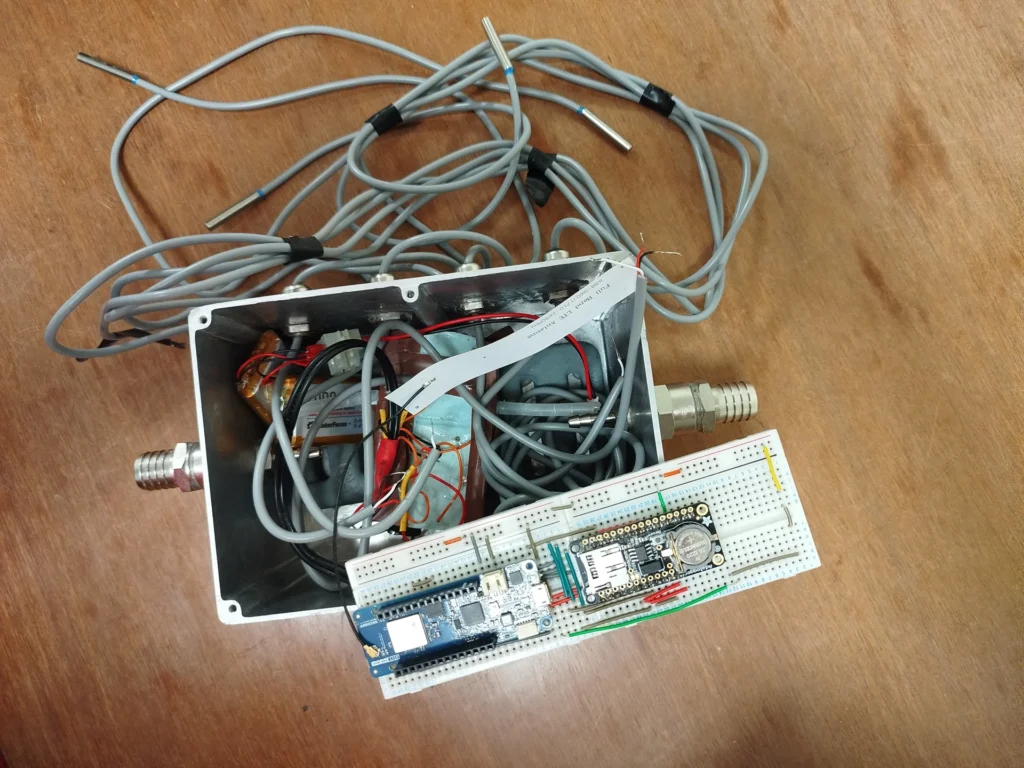
What we provide
Each geographical region and each river is unique, and has its own properties. Measuring the flows of different headwater streams at different locations thus requires numerous devices. The MOLONARI-1D device aims to be replicable, low-tech, and participative. Thus, we provide open-source code and manufacturing instructions so that anyone can build and deploy its own sensors, and better understand their surrounding environment.
The MOLONARI project
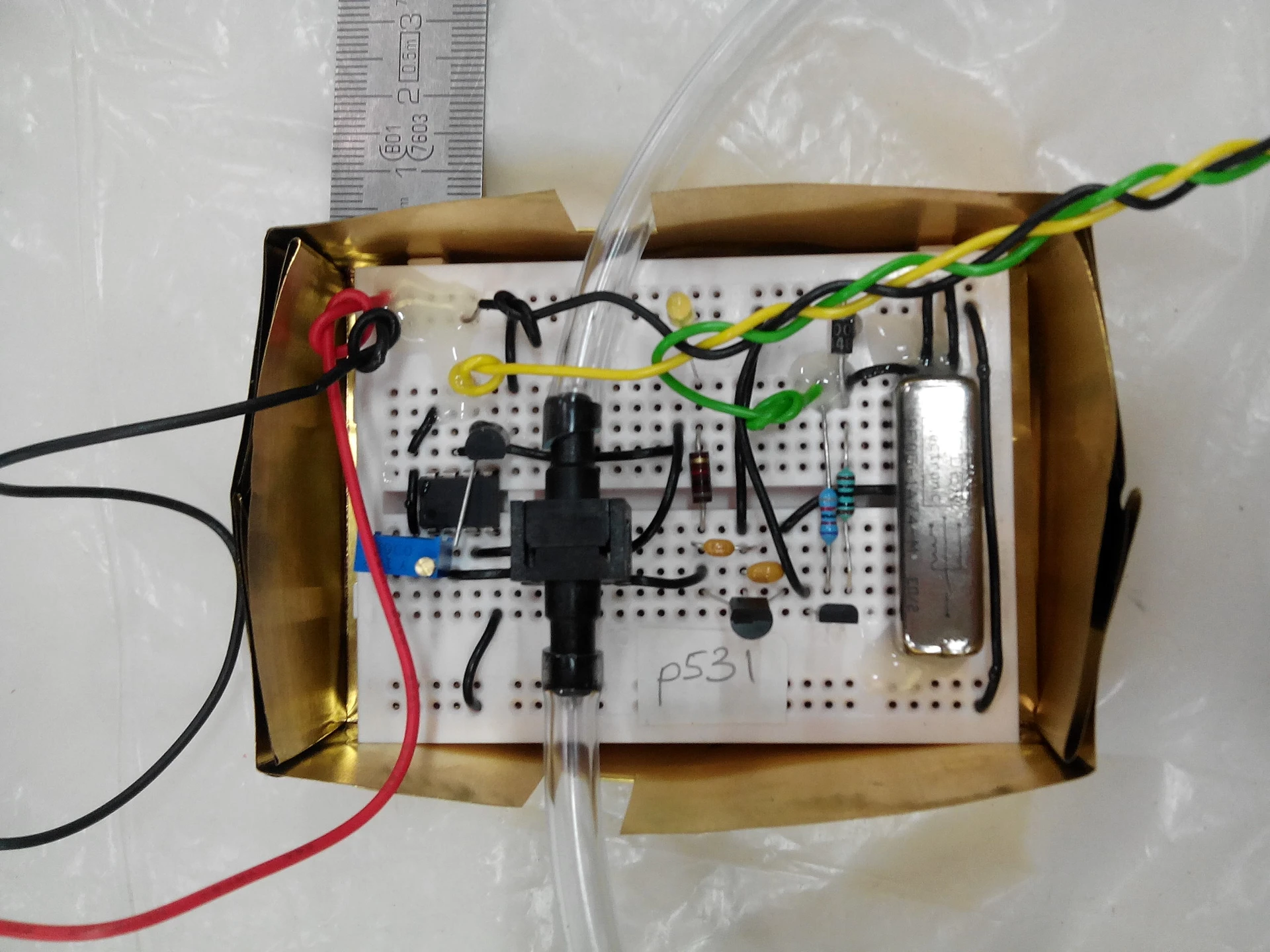
Sensors
We conceive temperature and pressure sensors to place on the riverbed, underwater. These are connected to an Arduino-based datalogger.
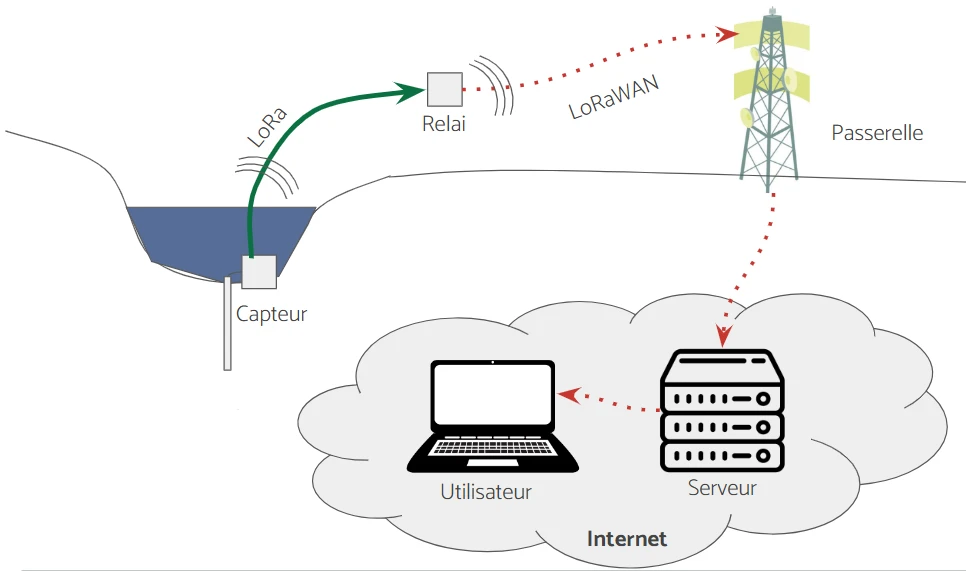
Network
The sensors’ data can be collected remotely, through a LoraWAN protocol followed by a relay located on the riverbank. This allows for immediate data collection, problem-detection and scalability.
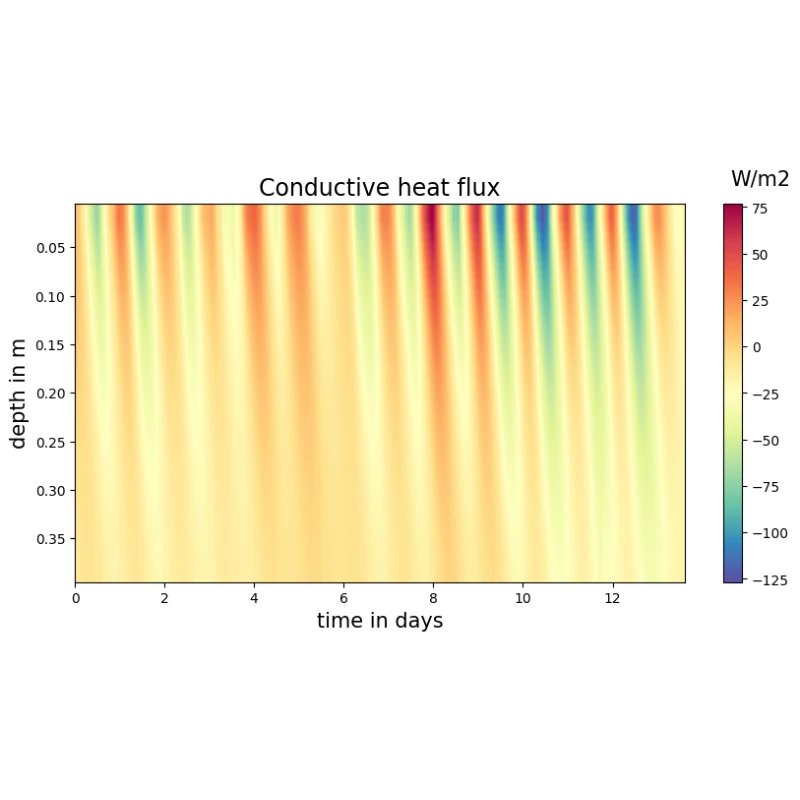
Data analysis
Using the collected data and our Python module pyheatmy, we infer the physical properties of the riverbed and water fluxes using advanced Bayesian inversion methods.